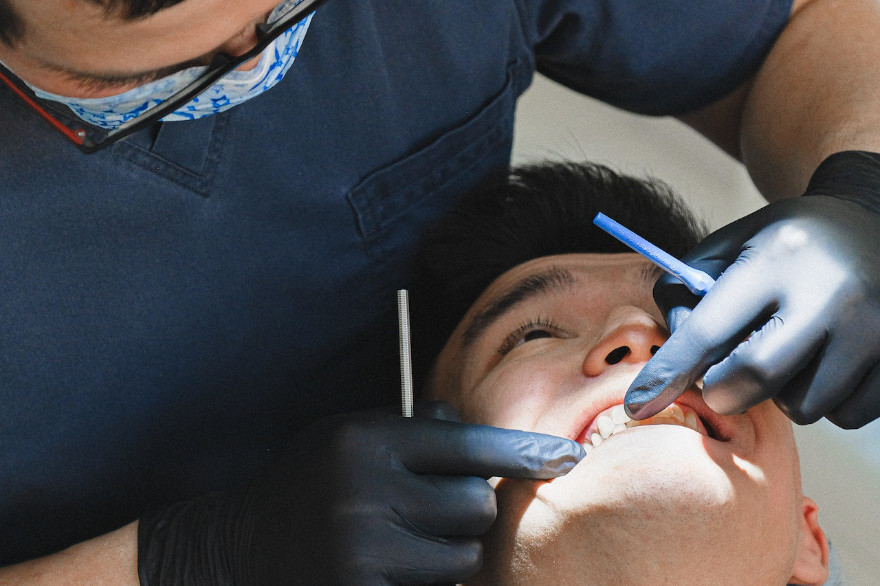Bonding
Do you have chipped, cracked, stained or gapped teeth that make you feel self-conscious about your smile? If so, you may benefit from a simple and affordable cosmetic procedure called bonding. Bonding involves the application of a color matched composite to repair damage or enhance the appearance of the affected teeth.

How Bonding Works
The procedure for bonding is quick and painless. We will first choose a shade of resin that matches your natural tooth color. We will then roughen the surface of your tooth and apply a conditioning liquid to help the resin adhere better. We will then mold and smooth the resin over your tooth until we achieve the desired result. We will use a special light to harden the resin and bond it to your tooth. Finally, we will trim and polish your bonded tooth to make it look natural.
A Balanced Perspective
Bonding has many advantages over other cosmetic dental treatments, such as:
- Reversibility: Unlike other treatments that require removing some enamel from your teeth, bonding does not alter your natural tooth structure. This gives patients the freedom to reverse the procedure if they change their mind.
- Speed: Bonding can be done in one visit without any preparation or extensive waiting time.
- Comfort: Bonding does not cause any pain or discomfort during or after the procedure.
However, bonding also has some drawbacks that you should be aware of, such as:
- Durability: Bonding is not as strong or long-lasting as other treatments like veneers or crowns. Over time, bonding work can be chipped or eroded due to bite pressure, manner of chewing, or exposure to food and drink known for their staining effects.
- Maintenance: Bonding requires regular care and maintenance to keep it looking good and functioning well. You need to brush and floss daily, avoid biting hard objects like ice or pens, limit staining foods and drinks like coffee or wine and visit us regularly for check-ups and cleanings.
- Limitations: Bonding may not be suitable for everyone depending on their oral health condition and aesthetic goals. It may not work well for large gaps, severe damage or misaligned teeth that need orthodontic treatment instead.
